Gum Disease Treatment Canton
Fight Gum Disease with Professional Periodontal Treatment
Periodontal disease or gum disease is an infection of the tissues and bones that surround and support the teeth. There are two stages of periodontal disease. The first stage is known as gingivitis. In this stage, the gums are red, and swollen and may bleed when you brush your teeth. Since there is typically no pain at this stage, patients rarely seek treatment. In the more advanced stage, known as periodontitis, the gums will begin to pull away from the teeth, leaving deep pockets where bacteria can grow and cause damage to the bone that surrounds the teeth. Teeth may also loosen and fall out at this stage.
Needless to say, with your gums helping to regulate so much within your mouth, it’s crucial to address gum disease promptly! If you suspect that you’re suffering from gum disease, don’t delay – contact our team today so that Dr. Robison can work to get your gum health back on track.
Why Choose Robison Dental Group for Gum Disease Treatment?
- Oral Cancer Screenings at Every Appointment
- Highly-Skilled and Thorough Hygiene Team
- 3rd Generation Dentist with Extensive Experience
Causes of Gum Disease
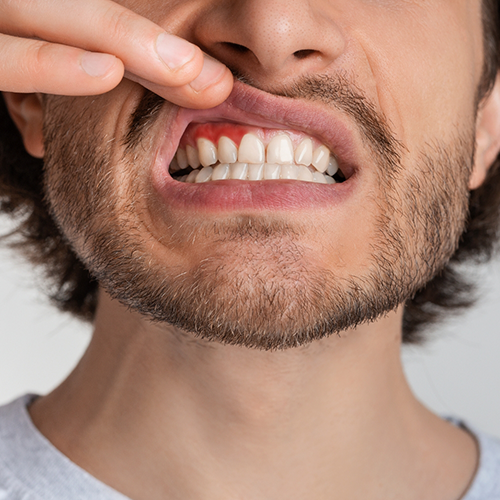
Whenever we eat or drink there is residue left on our teeth. If not removed by brushing and flossing, the residue will turn into plaque. This plaque can spread below the gums and damage the bone that supports the teeth. The plaque hardens over time into a substance called tartar. The bacteria in plaque can generate toxins that irritate the gum tissues and cause them to break down. This is the beginning of gum disease. Risk factors for gum disease include:
- Poor oral hygiene habits
- Use of tobacco products
- Family history of gum disease
- Uncontrolled diabetes, AIDS or leukemia
- High stress levels
- Poor diet/malnutrition
Symptoms of Gum Disease
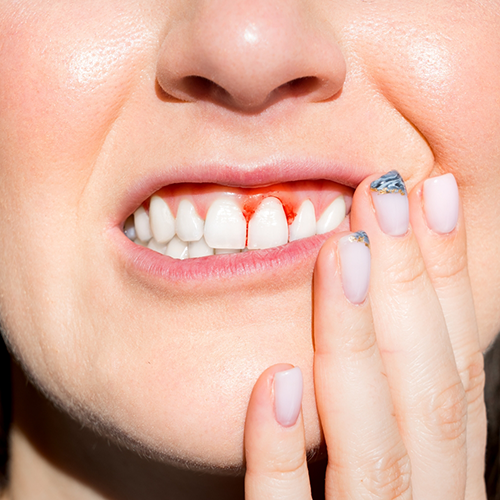
You may already have gum disease if you are experiencing any of the following symptoms:
Read MoreGingivitis
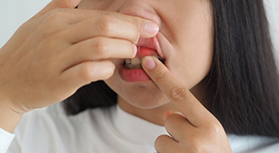
- Red, swollen, or tender gums
- Bleeding gums
Periodontitis
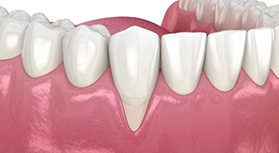
- Gums that pull away or shrink from the teeth
- Halitosis (Chronic bad breath)
- Pus emitting from the gum line
- Bite misalignment
-
Loose teeth
Gum Disease Treatment

Depending on the advancement of the infection, you have several options for treating gum disease. In the earliest stages, gum disease can sometimes be reversed by brushing and flossing your teeth daily and getting regular dental cleanings.
Scaling & Root Planing
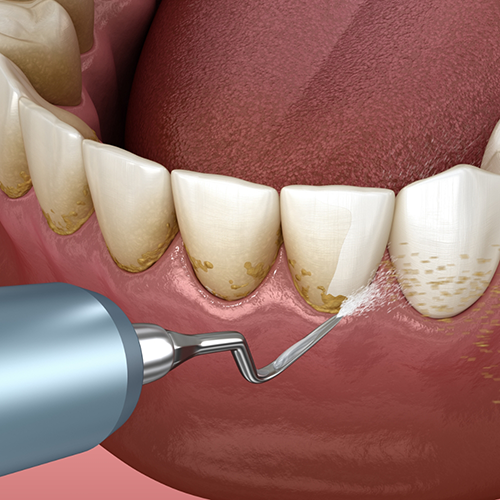
If the infection is more advanced, you may need to get a dental cleaning using a method called root planing and scaling. This two-part treatment involves removing the plaque and tartar buildup both above and below the gum line and smoothing out the roots of the teeth, allowing the gum tissue to reattach itself.
Antibiotic Therapy
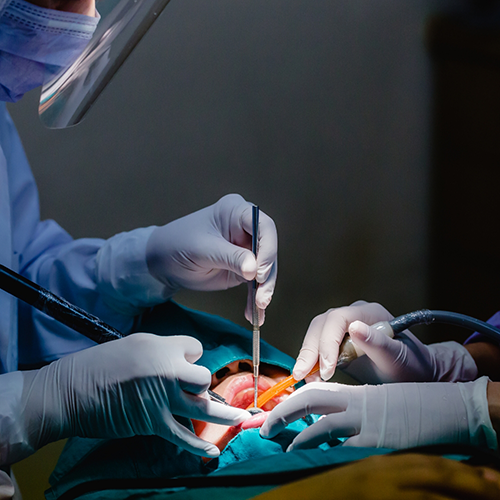
Our team may also choose to apply a topical antibiotic to the gums so we can eliminate any bacteria hidden deep within periodontal pockets. On the gums, this medicine will quickly dry, and then it will dissolve over the next few days, enabling it to reach and kill any leftover bacteria. Afterward, we typically recommend that a patient receive regular dental cleanings every three to four months to ensure that the infection doesn’t come back.
Pocket/Flap Surgery
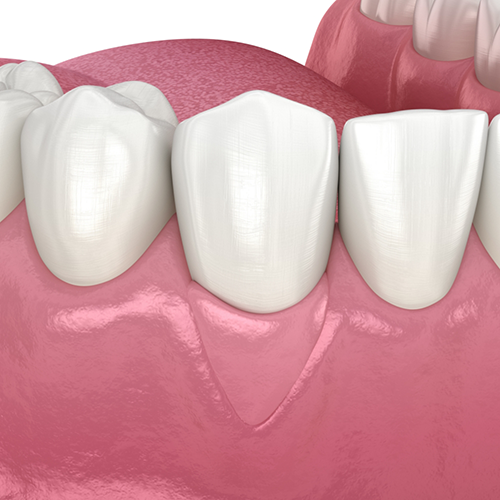
For the most severe cases, surgery may be required to repair the damage from periodontitis. Pocket or flap surgery is recommended when your gums have almost pulled completely away from your teeth, forming pockets that are too deep to be kept clean. The gum tissue is folded back to remove any bacteria before securing the tissue for a snug fit around your teeth. If you have pocket reduction surgery, you might also need tissue or bone grafts to encourage the regeneration of gum tissue and bone that has been destroyed by periodontitis.
Don’t Wait

It’s vitally important to have gum disease diagnosed and treated early to avoid tooth loss and surgery. If you have gum disease symptoms, contact us today to make an appointment and start your treatment; don’t let the issue worsen any further!

